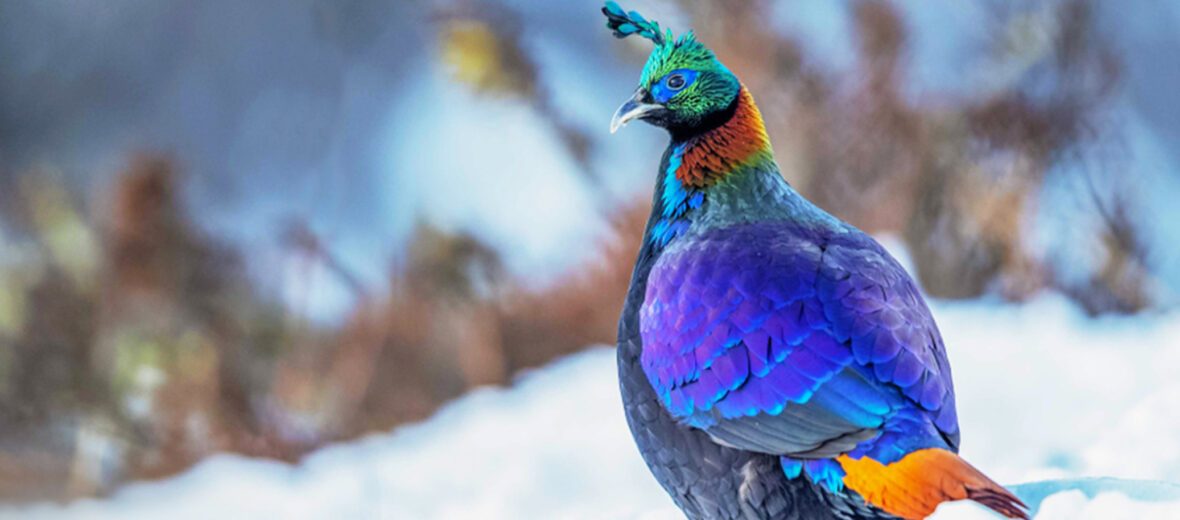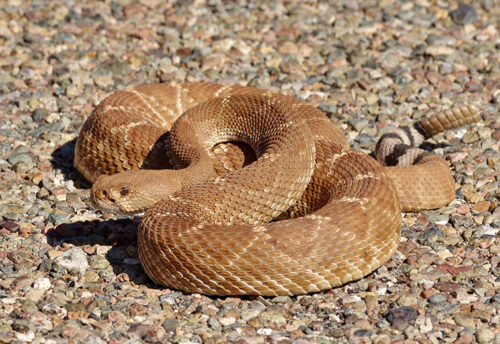
The Himalayan monal is also known as the danphe, mpeyan monal, and Impeyan pheasant. They are frequently referred to in Nepali songs. This bird is also the state bird of Uttarakhand, India. Monals are part of the pheasant family. Himalayan monals can be seen in the Himalayas from eastern Afghanistan to Bhutan, southern Tibet, northeast India, and Burma. Lady Impey attempted to bring some to England, but after living on board the ship for 2 months they all caught a disease from the other poultry and died. They are listed as Least Concern by the IUCN. This article is on special request from Ryan.
First the Stats…
Scientific name: Lophophorus impejanus
Weight: Up to 5 lbs.
Length: Up to 28 inches
Lifespan: Up to 12 years
Now on to the Facts!
1.) These birds are sexually dimorphic as males look very different from females.
2.) It is a high-altitude bird, remaining between 1 – 3 miles above sea level!
3.) They are considered to be monophyletic (descended from a common evolutionary ancestor).
4.) Males are much more competitive and even more aggressive than females.
5.) Their large range of calls helps them to tell between aggression, contentment, alarm, and calling for a partner.
But wait, there’s more on the Himalayan monal!
6.) Strong legs and sharp claws allow them to dig in the hard substrate for food.
7.) They eat berries, tubers, shoots, seeds, and insects.
Did you know…?
The Himalayan monal is the national bird of Nepal
8.) Primary predators are large cats, wild dogs, birds of prey, and humans.
9.) Breeding season is in April, where the male will change from calling in the morning to calling all day long.
10.) Females lay between 3 – 5 eggs and incubates them herself.
Now a Short Himalayan Monal Video!
Also, check out the Critter Science YouTube channel. Videos added frequently!
Want to suggest a critter for me to write about? Let me know here.



